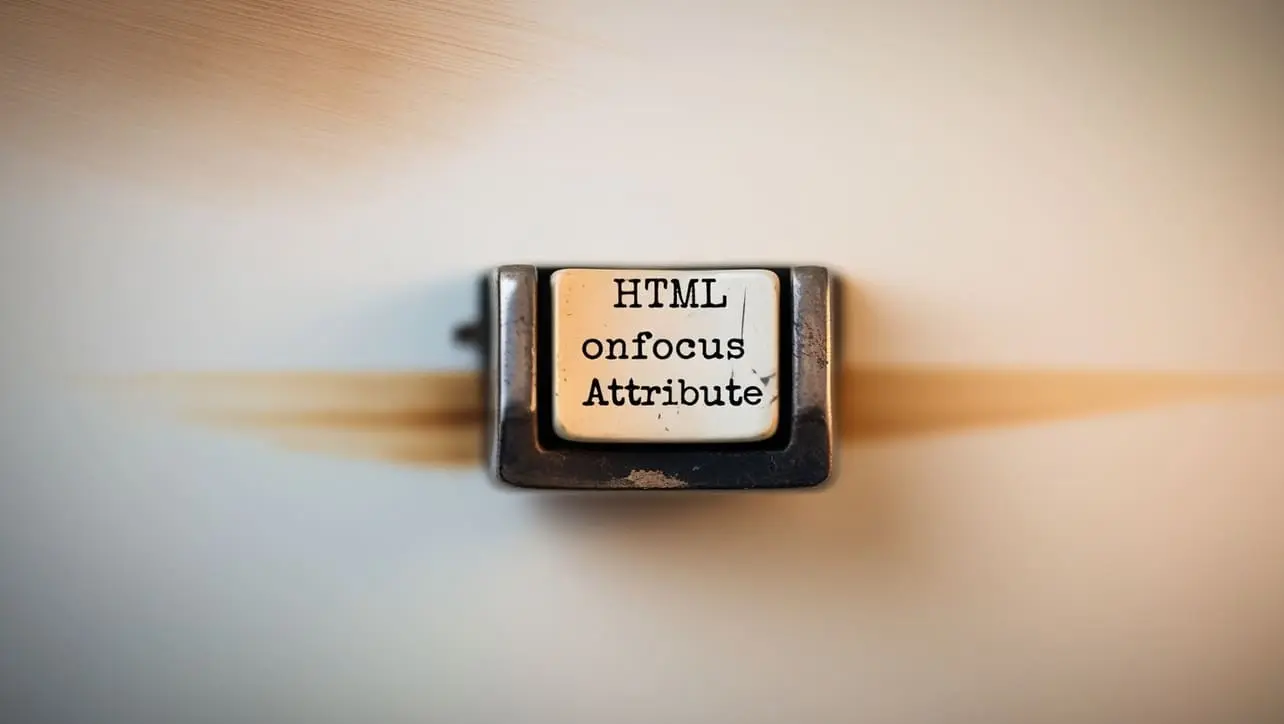
HTML Topics
- HTML Intro
- HTML Basic
- HTML Editors
- HTML CSS
- HTML Tags
- HTML Deprecated Tags
- HTML Events
- HTML Event Attributes
- HTML Global Attributes
- HTML Attributes
- abbr
- accept
- accept-charset
- accesskey
- action
- align
- alt
- archive
- as
- async
- autocapitalize
- autocomplete
- autofocus
- autoplay
- axis
- bgcolor
- border
- cellpadding
- cellspacing
- char
- charoff
- charset
- checked
- cite
- class
- classid
- codebase
- codetype
- color
- cols
- colspan
- compact
- content
- contenteditable
- controls
- coords
- crossorigin
- data
- data-*
- datetime
- declare
- default
- defer
- dir
- dirname
- disabled
- download
- draggable
- enctype
- enterkeyhint
- for
- form
- formaction
- formenctype
- formmethod
- formnovalidate
- formtarget
- frame
- frameborder
- frameset
- headers
- height
- hidden
- high
- href
- hreflang
- hspace
- http-equiv
- id
- inert
- inputmode
- ismap
- kind
- label
- lang
- list
- loop
- low
- max
- maxlength
- media
- method
- min
- multiple
- muted
- name
- novalidate
- onabort
- onafterprint
- onbeforeprint
- onbeforeunload
- onblur
- oncanplay
- oncanplaythrough
- onchange
- onclick
- oncontextmenu
- oncopy
- oncuechange
- oncut
- ondblclick
- ondrag
- ondragend
- ondragenter
- ondragleave
- ondragover
- ondragstart
- ondrop
- ondurationchange
- onemptied
- onended
- onerror
- onfocus
- onhashchange
- oninput
- oninvalid
- onkeydown
- onkeypress
- onkeyup
- onload
- onloadeddata
- onloadedmetadata
- onloadstart
- onmousedown
- onmousemove
- onmouseout
- onmouseover
- onmouseup
- onmousewheel
- onoffline
- ononline
- onpagehide
- onpageshow
- onpaste
- onpause
- onplay
- onplaying
- onpopstate
- onprogress
- onratechange
- onreset
- onresize
- onscroll
- onsearch
- onseeked
- onseeking
- onselect
- onstalled
- onstorage
- onsubmit
- onsuspend
- ontimeupdate
- ontoggle
- onunload
- onvolumechange
- onwaiting
- onwheel
- open
- optimum
- pattern
- placeholder
- popover
- popovertarget
- popovertargetaction
- poster
- preload
- readonly
- rel
- required
- reversed
- rows
- rowspan
- sandbox
- scope
- selected
- shape
- size
- sizes
- span
- spellcheck
- src
- srcdoc
- srclang
- srcset
- start
- step
- style
- tabindex
- target
- title
- translate
- type
- usemap
- value
- width
- wrap
- HTML Comments
- HTML Entity
- HTML Head
- HTML Form
- HTML IndexedDB
- HTML Drag & Drop
- HTML Geolocation
- HTML Canvas
- HTML Status Code
- HTML Language Code
- HTML Country Code
- HTML Charset
- MIME Types
HTML onfocus Attribute

Photo Credit to CodeToFun
🙋 Introduction
The onfocus attribute is a powerful tool in HTML that enables developers to execute JavaScript code when a user focuses on a specific form element.
This attribute is particularly useful for enhancing user interactions and providing dynamic behavior in response to user actions.
🎯 Purpose of onfocus
The primary purpose of the onfocus attribute is to define a JavaScript function or script that should be executed when an element receives focus.
This focus could be triggered by a mouse click or keyboard navigation, making it a versatile attribute for creating interactive web forms.
💎 Values
The onfocus attribute can accept various values, but it typically requires a JavaScript function or script. For example:
<input type="text" onfocus="myFunction()">🧠 How it Works
In this example, the myFunction() JavaScript function will be executed when the associated input field receives focus.
📄 Example
Let's take a simple example to illustrate the use of the onfocus attribute:
<input type="text" id="myInput" onfocus="highlightInput()">
<script>
function highlightInput() {
document.getElementById("myInput").style.border = "2px solid blue";
}
</script>🧠 How it Works
In this example, when the input field with the id "myInput" receives focus, the highlightInput() function is called, changing the border color to blue. This provides a visual cue to the user that the input is currently in focus.
🔄 Dynamic Values with JavaScript
Similar to other attributes, you can dynamically set the onfocus attribute using JavaScript.
This can be useful when you want to change the behavior dynamically based on certain conditions. Here's a brief example:
<script>
// Dynamically set onfocus behavior for an input field
document.getElementById("dynamicInput").onfocus = function() {
alert("Input is in focus!");
};
</script>🧠 How it Works
In this script, an anonymous function is assigned to the onfocus attribute of an input field with the id "dynamicInput." This function displays an alert when the input field gains focus.
🏆 Best Practices
- Use the
onfocusattribute to provide valuable feedback or perform actions when users interact with your form elements. - Keep the executed JavaScript code concise and focused on enhancing user experience to avoid overwhelming users with unnecessary actions.
- Ensure that any dynamic changes align with accessibility standards and do not hinder the user experience.
🎉 Conclusion
The onfocus attribute in HTML is a versatile feature that empowers developers to create interactive and responsive web forms.
By leveraging this attribute along with JavaScript, you can enhance the usability and engagement of your web pages.
👨💻 Join our Community:
Author

For over eight years, I worked as a full-stack web developer. Now, I have chosen my profession as a full-time blogger at codetofun.com.
Buy me a coffee to make codetofun.com free for everyone.
Buy me a Coffee












If you have any doubts regarding this article (HTML onfocus Attribute), please comment here. I will help you immediately.